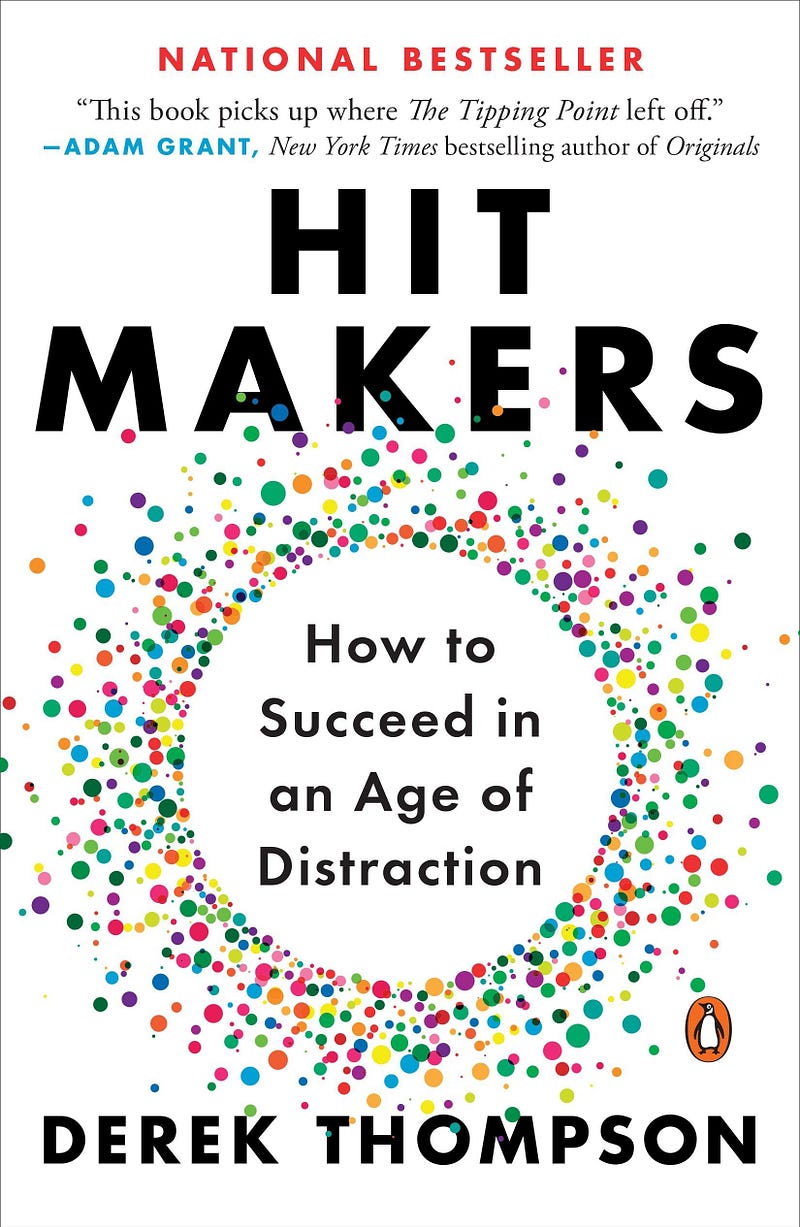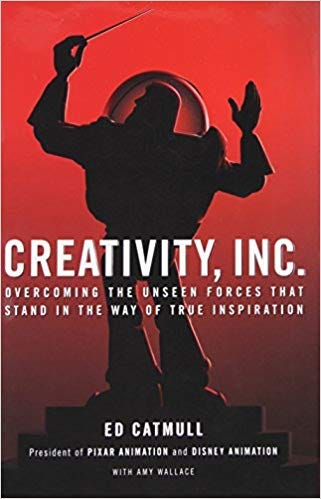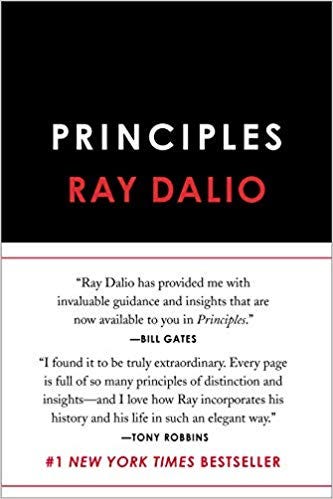13 Books For Startup Founders
Here are some of our top picks for startup founders and those entrepreneurially minded.
We’re rounding up the literature leaderboard with some of our top picks for startup founders and those entrepreneurially minded. Check out this shortlist for books on how to develop a winning product, foster effective teams, create a thriving company culture, and guarantee the future success of the companies you build.
DEVELOPING MVPs
By Marty Cagan (2008)
The secret ingredients: value, usability, and feasibility. Seems simple enough, right? Cagan’s book is aimed at members of software product teams, especially web products, offering practical tips on how to build great products. In his mind, there is nothing accidental about building a great product and it comes down to ten fundamental truths (basically the 10 commandments of product development). Particularly insightful is how Cagan takes snapshots of the relationships between product managers and varying stakeholders (i.e. design, engineering, marketing)-emphasizing each individuals’ roles and responsibilities. With the foundations of relationship dynamics laid out, the book dives into product development-from brainstorming and testing prototypes, to bringing a product to the market.
From vision to innovation, Ries’ book puts forth the notion that “startup success can be engineered by following the process, which means it can be [and] “. In this book, Ries applies ideas from lean management on addressing common entrepreneurial challenges. The book is divvied into three main sections: vision, steer and accelerate. In vision, we learn to adopt a new way of managing and evaluating progress, or validated learning. Steer introduces us to an intensive, iterative feedback loop, one that helps us quickly decide, after each iteration, if a product is worth continuing, or if it’s time to venture in a new direction. Finally, accelerate draws on principles of lean manufacturing, showing us how to take our MVP and scale with velocity.
By Derek Thompson (2017)
Here’s the TLDR: There’s no formula for developing a hit product. Want to keep reading? Thompson explores the relationship between product and consumer, rejecting the myth of novelty as a marketing strategy, as well as the notion that products actually “go viral”. The former is a “sneaky” repackaging of familiar ideas, while the latter all comes down to the “battle over distribution and discoverability”. After a mental reset about the things you thought you knew about marketing, Thompson offers practical insight on why consumers like what they like and how to navigate all the noise, so your product has a chance at becoming a sensation.
EMPOWERING TEAMS
“Instincts have led us to focus on the wrong details,” writes Coyle. According to Coyle, focus is placed on the visible, or our individual skills; instead, we need to look at how we navigate our group interactions in order to effectively and efficiently complete tasks. In his studies on groups (as diverse as military units to a gang of jewel thieves), he uncovers three core skills: 1) Building safety; 2) Sharing vulnerability; and, 3) Establishing purpose. In short, each skillset builds on one another and group success is contingent upon creating a cultural dynamic where people feel connected, where taking risks is supported, and everyone knows they’re working towards a defined, common goal.
By Tom DeMarco and Timothy Lister (2013)
Let’s just say this could be your new bible. From managing human resources, creating an office environment that improves productivity, fostering positive workplace relationships, nurturing team growth and company culture, hiring practices, to looking to the future and managing change-this book has it all. While DeMarco and Lister touch upon a wide selection of startup topics, the book emphasizes that failure of management comes down to one thing, “a tendency to manage people as though they were modular components”. With clear communication between all stakeholders, companies can avoid conflict and build better technology.
FOSTERING CULTURE
This isn’t your average co-founder/president tell-all book. In Creativity, Inc. , Catmull takes an incredibly humble look at his work with Pixar and Disney Animation, reflecting on the mistakes made, lessons learned, and the value of enabling people to create meaningful work. In Catmull’s eyes, effective leadership can be summed up as “helping creative people stay on the path to excellence” and starting with the assumption that all your employees are “talented and want to contribute”.
It’s a white man’s world in the Valley, but does it have to be? Despite women’s early involvement in computer science, somehow over the years they got left behind and left out of the field. This “non-invite” plays out when it comes to company hiring practices, VC funding, and even rising reports of sexual harassment and misconduct by several high-profile men in the industry. While Chang’s book focuses on women navigating the male-dominated startup scene, she also touches on diversity issues tied to race, ageism and sexual orientation. This eye-opening book challenges the boy’s club status quo and drives home the pitfalls of meritocracy. As Chang writes, Silicon Valley “ignores the privilege at play for the winners and the larger systemic factors working against everyone else. Success, by itself, is no excuse for the abuse or expulsion of large parts of the population”. Insert: Mic drop.
Pink investigates the underlying truths behind employee motivation, highlighting how many companies operate under outmoded assumptions when it comes to managing human capital. Merit pay, bonuses and other incentives, common to many employee benefit packages, in fact, don’t boost employee motivation and can be more harmful than beneficial to the workplace culture. Companies expecting improved performance and greater employee satisfaction, will appreciate this eye-opening book that challenges us to adopt new ways of thinking about what drives us to act, to persevere, learn, and master skills, contributing to work that is meaningful and bigger than ourselves. As a bonus: includes a toolkit with additional resources, discussion topics, and tips on how to create a workplace environment that fosters intrinsic motivation and enhances employee productivity.
An oldie but goodie standing the true test of culture resiliency, Sinek’s exploration into the roots of motivation distills into the simple, titular statement: Start with why . In this book, Sinek makes a sharp distinction between leaders and those who lead. The former, leaders, are capable of tapping into the seeds of , giving us meaning that speaks to our personal values and inspire us to take action without the need for extrinsic incentives. While the latter relies on reward and punishment techniques, which are far less effective. Delving deep through storytelling, Sinek demonstrates how starting with why can be a powerful force for change at the organizational level and beyond.
LOOKING AHEAD
“What would you do if you weren’t afraid?” is the central question Chase asks. With tangible principles told through the experiences of unique and inspiring individuals-a fourteen-year-old who starts her own non-profit, a Cuban immigrant that develops a critical formula for affordable housing-we learn that we all of the potential to become change agents and live the lives we want to live with purpose. Get ready to throw fear and all those that keep holding you back out the window. Now’s the time to be fearless!
By Clayton M. Christensen (2011)
Christensen takes a hard look at how and why some of the most successful businesses we’ve known over the years-we’re talking big brands, big companies-fail. Ultimately, the simple and often overlooked truth is: “Principles of good management are, in fact, only situationally appropriate”. With that in mind, Christensen develops The Principles of Disruptive Innovation as a guideline for how startups can address and react to inevitable changes coming from volatile markets and disruptive technology.
Similar to Sinek’s Start with Why, Dalio’s modus operandi is: Start with you . In order for us to create these utopian models of workplace culture, we must look inward and be clear about our own core set of principles and learn how to “fail well”. Once we hone in on our principles, ones that are authentic to who we are-not simply adopted via osmosis from others-we’ll become faster, smarter decision-makers, more effective and adaptable, and more resilient to the unexpected. These principles need to be communicated with key stakeholders to foster transparency in the workplace, ensure people feel safe and encouraged to take risks, and allow others to thrive amidst the challenges of meaningful work.
By Gary Keller with Jay Papasan (2013)
Spoiler alert: The is this-go small. As Keller and Papasan write, “extraordinary results are directly determined by how narrow you can make your focus”. This book puts a premium on deciding and focusing on small changes that can create influential rippling effects, ones that start movements; and, with enough momentum, have the power to influence change.

















